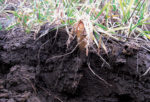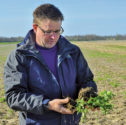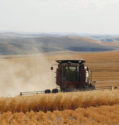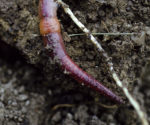What I've Learned from No-Tilling
Harvesting Sunlight, Feeding No-Till Soils
Jim Harbach and Schrack Farms Partnership is using a diverse no-till, cover-crop system to build up organic-matter levels in rocky limestone soils.
Read More












